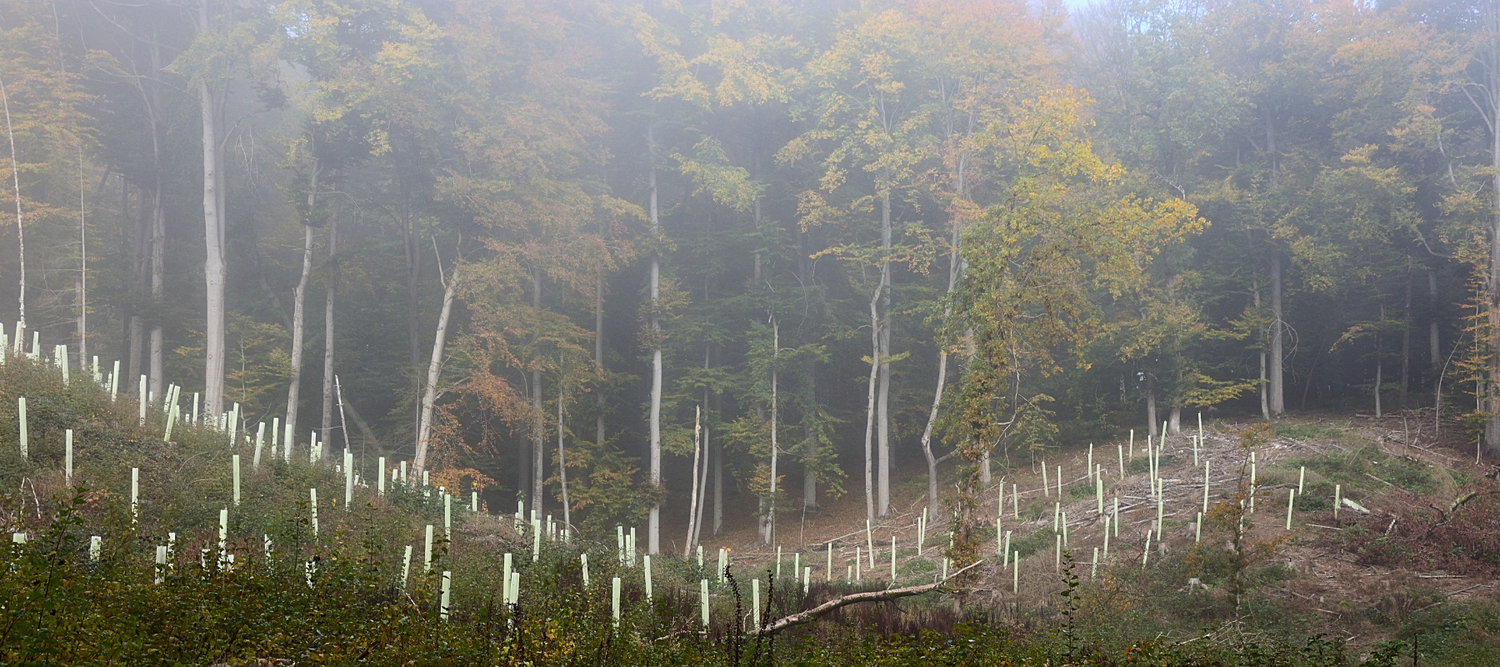We at MyNolla want to operate as sustainably as we can. Although we want to cause an impact on the environment as little as possible, production always causes emissions. Materials, logistics, manufacturing - it all has an effect. We can of course lessen the impact by operating locally and minimizing logistical emissions, as well as making sure our production is built on a sustainable base with responsible sourcing and partnerships. It all starts with operating as responsibly as possible, and the first thing is to make sure decisions are made sustainability first. Yet we feel that is not enough. Compensating our production emissions with a suitable operator enables not only the manufacture and sale of more responsible products, but also a carbon-compensated product for our customers.
We have calculated our carbon footprint
MyNolla’s carbon footprint was calculated as an Energy and environmental technology students’ project by the Karelia University of Applied Sciences. The environmental impacts were modeled using the SimaPro life cycle analysis program. Life cycle modeling is limited to the end of product assembly and packaging, and calculated per product to find out the carbon footprint of one MyNolla Strip in the making until we have it boxed in storage.
Total carbon footprint of MyNolla was calculated as 3,99 kg CO2 eq. For comparison, emissions from the production correspond to an approximately 27 km journey by car.
We are using a Finnish operator for compensation
MyNolla’s entire production footprint is compensated by forest carbon sink projects in Finland. The compensation service has been purchased through a Finnish operator Ilmastoapu. We have calculated and compensated the entire production footprint of 2022.
Ilmastoapu is a service provider through which companies receive high-quality expert services, such as carbon footprint calculations and climate advisory. MyNolla's compensation is done with carbon sink projects, in which pine seedlings are bought and planted in a forest removed from peat production or in peat land exempted from other use. We have received a data sheet with a general description of the area, the planting area on a map and exact map coordinates.
Damages caused by possible unforeseen forest damage such as fire, insect damage, storm damage, etc. are compensated by planting new saplings in place of the damaged trees.
How to ensure actual compensation takes place?
One priority is to make sure the compensation is certified and additional, as in it would not happen without the compensation project. Because the current laws do not require the afforestation of the peat land released from other use, Ilmastoapu's carbon sink project is genuinely an additional emission reduction.
Ilmastoapu’s compensation has been PEFC certified. In the PEFC certification, numerous requirements are set for the management of forests, which apply among other things, to safeguard the diversity of forests, to maintain the health and growth of forests and for recreational use. Independent inspectors regularly monitor that the forests are managed in accordance with these requirements. For more information, check here.
When choosing the certified projects to be offered, Ilmastoapu makes sure that the following conditions are met:
- The emission reduction or carbon sink is additional compared to the initial situation, i.e. it would not occur without the compensation project.
- Calculation methods suitable for the type of project and recognized must be used to calculate the amount of emission reduction produced by the compensation.
- The impact of the project is permanent, meaning that the resulting climate impact will not be short-term. In practice, permanence often means a period of one hundred years, which is considered long enough in the context of combating the climate crisis.
- The creation of emission reductions must be monitored and reported regularly. The reports must also be publicly available.
- An external verifier must ensure the generation of emission reduction and the report on the verification must be publicly available.
- Each unit used for compensation is counted only once, i.e. it is invalidated in the certification system register so that it cannot be used again.
- A reduction in emissions or an increase in carbon sinks must not lead to an increase in emissions or a decrease in carbon sinks somewhere else, i.e. the risk of carbon leakage must be minimized.
- The projects must not cause significant harm to local people, the environment, animals or livelihoods.
Why specifically Finnish trees?
We consider global climate protection very important. However, since we are a Finnish company that procures Finnish wood and uses wood in products, taking care of Finnish forests and trees immediately felt like our thing. With the current logging targets, the number of forests in Finland threatens to decrease significantly.
Forests play a major part in climate change and environmental safety. They bind carbon dioxide, the most important greenhouse gas in the atmosphere, to vegetation and soil. Thus forests act as efficient carbon sinks and remove climate warming carbon dioxide from the atmosphere, as long as they are taken care of. By afforesting the areas freed from peat production, they turn from carbon dioxide source to carbon sinks. Every year, 2000-5000 hectares of peat land is freed from production. The peat production area is currently around 60,000 hectares.
You can read about the compensation in Finnish here.
According to the latest research, a tree growing on peat land binds an average of 600 kg, or 0.6
tons of carbon dioxide during its life cycle. In the Ilmastoapu project, forests are planted with pine seedlings and altogether 2,500 trees are planted per hectare in accordance with Metsäkeskus' guidelines for peatland afforestation.
Of course, tree planting compensation doesn’t happen right away. It takes time for the seedlings to grow and actually start to bind carbon dioxide. The solution is not perfect, and as compensation goes, plenty of development is still to be done. We will continue to stay up-to-date so that we can truly influence the well-being of the environment and offer our customers genuinely compensated products in the future as well.
